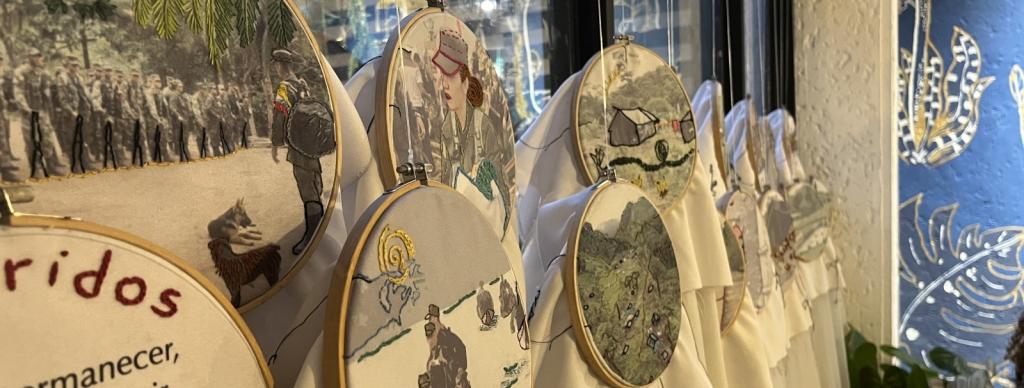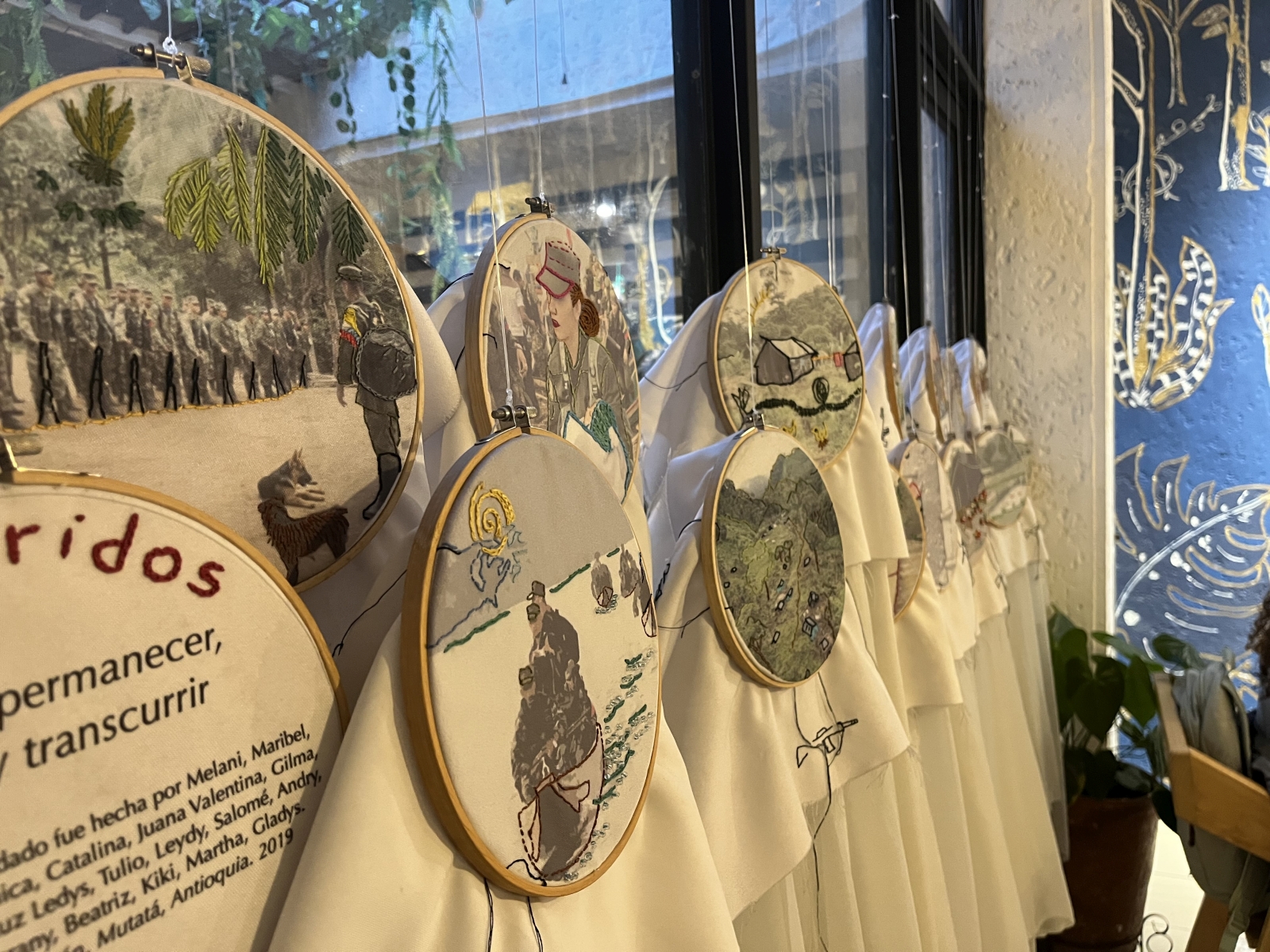In 2016, a peace agreement was reached between the Colombian government and the Fuerzas Armadas Revolucionarias de Colombia. The peace agreement brought an end to over 50 years of conflict between the government and the leftist guerrilla group, and covers a wide range of issues from land ownership and redistribution, to transitional justice, and both economic and political reintegration of former combatants. The agreement is celebrated globally for its strong gender perspective — it includes over 120 provisions related to women, gender and LGBTQI persons across all of its chapters. The feat was achieved through the sustained advocacy of women activists and civil society, and the work and collaboration of women from both sides of the negotiation. Following a civil society Women’s Summit that called for a greater gender perspective in the peace process, women were included in both negotiation teams, and a dedicated Gender Sub-commission was formed to make specific recommendations on how to include gender considerations in each of the agreement’s chapters.
However, seven years on, the peace agreement is not on track to deliver on its gender commitments. The latest report from the Kroc Institute, mandated to follow the implementation of the peace agreement, found that the implementation of gender provisions lags behind that of other aspects of the agreement, and warned that time is running out for ensuring that the commitments made towards women and gender equality in the peace agreement are fulfilled.
The non-implementation was also a common refrain during my recent two-week research trip to Colombia, during which I interviewed 42 women and men working towards peace in Bogotá and across the Cauca department.
Which women?
The Colombian peace agreement is amongst the most inclusive of women’s intersectional identities: LGBTQI persons, indigenous, rural and Afrocolombian women are all recognized systematically throughout the document. However, the implementation has brought to sharp focus the practical difficulties in addressing the complex and intersecting challenges faced by the diverse sectors of Colombian society. For example, the issue of land redistribution and use — central to the agreement — has created tensions between local communities, including indigenous and Afro-Colombian ones that have long relied on land for their livelihoods.
The women I spoke to were aware of the complexities of the intersectional approach and talked about the importance of creating strategic coalitions — between cis and trans women, or between indigenous and Afro-Colombian women. Indeed, women’s organising has proven effective in advancing feminist policy goals — including those related to gender-sensitive peace. However, movement building and organising requires resources and is often severely underfunded.
Whose peace?
The question of resources also looms large when it comes to implementing gender provisions in the local communities in Colombia. Indeed, when I visited a remote Afro-Colombian rural community in Northern Cauca, the women told me that while they were aware of the agreement, they were still waiting for the peace agreement institutions to reach them.
Many of my interviewees also pointed out that effective implementation of the gender approach in the peace agreement requires strengthening local institutions, both in terms of their awareness of gender provisions, and in terms of technical skills such as budget management. While I remain wary of decrying “incompetence” of local authorities, the gap between national and local understandings of the commitments under the peace agreement begs the question: whose peace is being implemented in Colombia, and how can broader ownership of it be ensured?
What security?
With the uptick in clashes between armed groups and the growing number of attacks on social leaders, the everyday security of women in Cauca has deteriorated in recent years. For everyone I have spoken to, it was clear that basic protections and security guarantees need to be put in place and strengthened to enable meaningful implementation.
Twenty years after the Women, Peace and Security agenda was established with the adoption of the UN Security Council Resolution 1325, we need to be more critical about what it means in practice. The agenda creates an opportunity for transformative change — as the richness of both the content of the Colombian agreement and the efforts and discussions around its implementation exemplify. However, too often, lack of resources and political will means that the implementation is limited to merely “adding women'' to the security sector and selected institutions. To move beyond it, and towards transformative change, I hope these three questions can spur a reflection on what a “gender equal peace” means — in Colombia, and beyond.



